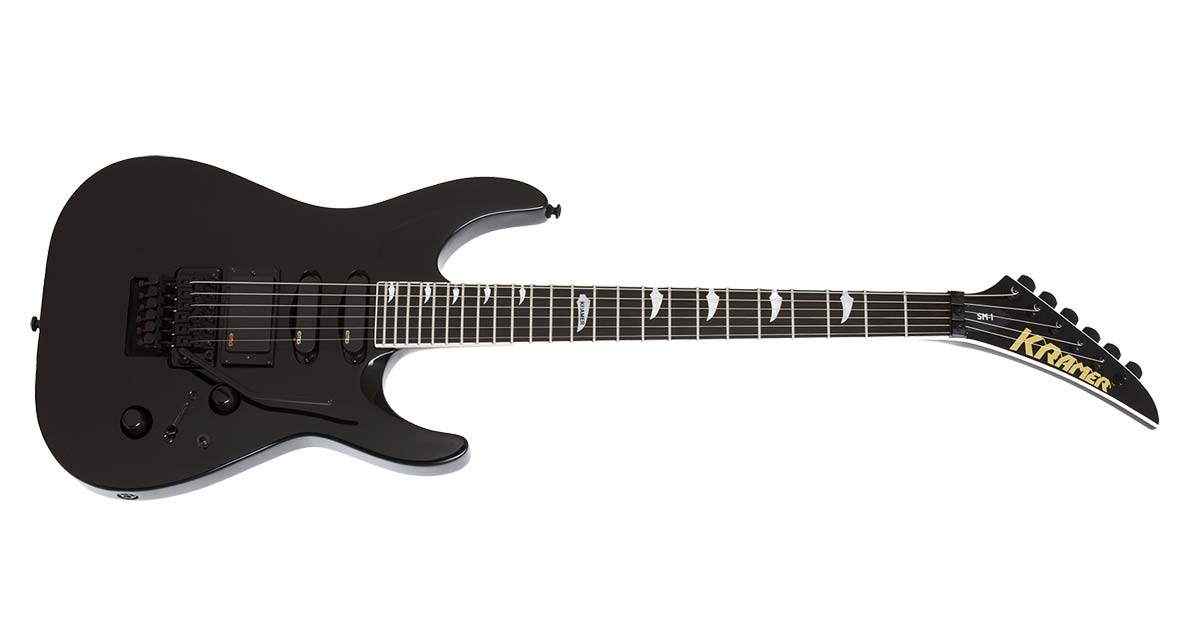Active pickups and metal go hand-in-hand, and there’s a very good reason for that: they handle gain and distortion with a grace that passive pickups simply can’t compare with. With a passive pickup, to increase the output you have to overwind the coils, which has the side-effects of darkening the tone and creating an unwanted hum. With the help of a battery, the active pickups can deliver a high-gain punch with zero humming.
But this isn’t about active vs passive – we’re talking about active vs active today. Specifically, the popular EMG 81/85 combo and the Blackout AHB-1 set.
EMG pickups have dominated extreme metal for a long time now, and continue to in spite of Seymour Duncan releasing their own set of actives (that’d be the Blackouts) to compete.
Both are very similar on paper (and in appearance) – the EMG 81 and AHB-1b at the bridge position both sport ceramic magnets, while the EMG 85 and AHB-1n at the neck are fit with Alnico magnets.
So of course the most common question for metal guitarists looking to go active usually goes something like “Which is better? EMG pickups or Seymour Duncan Blackouts?”
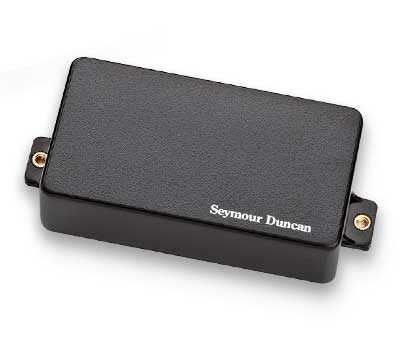
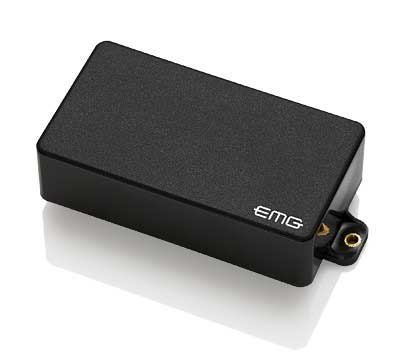
Neck Position: EMG 85 vs Seymour Duncan AHB-1n
When comparing active pickups, the neck position is often left as a minor detail – if it’s included in the review at all. This may be because the majority of the extreme metal crowd’s primary concern is their rhythm tone. But with the modern death metal scene growing every day, there’s more and more players looking to find a lead tone that’ll help their solos cut through the mix and have a voice that’ll set them apart from the rest.
Unfortunately, the best video resource I could find is quite a short comparison (that also includes the EMG 60 for good measure).
For this comparison, I have to be careful with my wording even though the difference between the two isn’t terribly huge. The EMG 85 pickup has a little more bite and high end, but it’s on the verge of a fizzy sound at times during this video. The AHB-1n is a little more rounded and warm. Both of them are being run through a little delay in the video so it’s hard to give any opinions on sustain here.
Regardless, I can still here some qualities that’d suit different applications – if I were playing with a progressive metal group, maybe the AHB-1n would be a better choice for me. If it were straight up death metal, I think I’d probably go with the EMG 85 pickup.
Bridge Position: EMG 81 vs Seymour Duncan AHB-1b
High Gain: The EMG pickups have more clarity due to the pronounced midrange and a tighter low-end (less bass). The Seymour Duncan Blackouts are most definitely bassier, having a very loose low-end that overpowers the rest of the harmonic spectrum – it’s not very pretty if you ask me. In terms of high-end, the 81’s controlled lows allow the higher frequencies to shine through, while the AHB-1’s sloppy bass overpowers everything else in the spectrum and creates an overall muffled tone.
Cleans: The EMG 81’s clean tone is twangy and sharp – I find it grating and unmusical. It also has a very quick attack and presence, which contributes to the sharp sound. The AHB-1 has a more rounded sound but also leans to the twangy side like the EMG 81 pickups. The AHB-1 also has a little more headroom, allowing the notes to breath and making the overall sound much more pleasant than the 81’s.
Conclusions for High Gain and Clean Tones
The Duncan AHB-1 holds dominion over the EMG 81 in the world of clean tones – but both are similar enough to me to be lumped into the same category of “twangy tones”. When it comes to high-gain tones, there’s not much else to say other than the EMG 81 is much, much more suited for modern metal applications than the AHB-1. There’s a need for clarity and a tight low-end in extreme and technical metal that, when comparing the two pickups’ respective frequency profiles, the EMG pickups are simply made to satisfy.
What About Everything In-Between?
That doesn’t mean there’s no place for the AHB-1 though. It’s hard to make an accurate assumption about this pickup because the bass end didn’t perform consistently between the clean and high-gain tests – it actually seemed to grow with the amount of gain.
So, naturally, I wondered if there might be a sweet spot for the AHB-1 in the middle – lo and behold, I was right:
What a difference! This is where the Seymour Duncan Blackouts should be marketing themselves – to the more traditional rock and heavy metal players that aim for a crunchy overdriven sound.
In comparison to the EMG pickups, I’m hearing more headroom in the AHB-1’s tone still, and just a generally more organic, musical sound. With less gain, the AHB-1’s bass frequencies reach a level that’s very agreeable with the midrange, and does not overpower the highs.
Final Verdict: EMG 81 vs. Seymour Duncan AHB-1b
In comparison to EMG pickups, Seymour Duncan Blackout pickups (or at least just the AHB-1) have a richer tone and more headspace UNTIL you reach a certain point of gain. Then, it all goes to hell with the bass becoming sloppy, sort of like your fat uncle undoing his belt buckle after thanksgiving dinner and letting his fat gut flop out onto his lap. It doesn’t help the AHB-1 that the EMG 81’s consistent frequency profile hits its sweet spot at the same time and does what it was always meant to do: deliver a massive roar with clarity, like an angry dog barking.
Final thoughts
As always, you can expect the amplifiers, pedals, and production to have a heavy influence in what comes out at the other end. In a case such as this, you can hear the AHB-1 performing quite well next to the EMG 81 in a high gain application – but you’ll be careful to note the player has his amplifier’s EQ settings and gain at a level that doesn’t favor clarity to begin with, so the playing field seems to have been leveled.
Regardless, I still find that these settings have weakened the AHB-1’s response in comparison (particularly when you hear it without the backing track).
In trying to redeem the Blackouts in terms of high gain applications, I also might add that in a professional recording environment you’re not going to be maxing the gain out regardless of the pickups when you’re recording heavy music. More gain does not make the sound heavier. So with that in mind, and this video right here, you can see that the AHB-1 is capable of getting a heavy sound.
The video isn’t really an example of the same kind of modern extreme/technical metal that we were discussing before with the EMG 81 comparison – it’s down-tuned quite low though, and the player uses a fair share of chords in his demonstration. Not the same, but still quite heavy – and it sounds pretty decent too.
I prefer to have the right tools for the right job though, and the EMG 81’s and Seymour Duncan Blackouts most definitely have different jobs.
Made a decision yet?

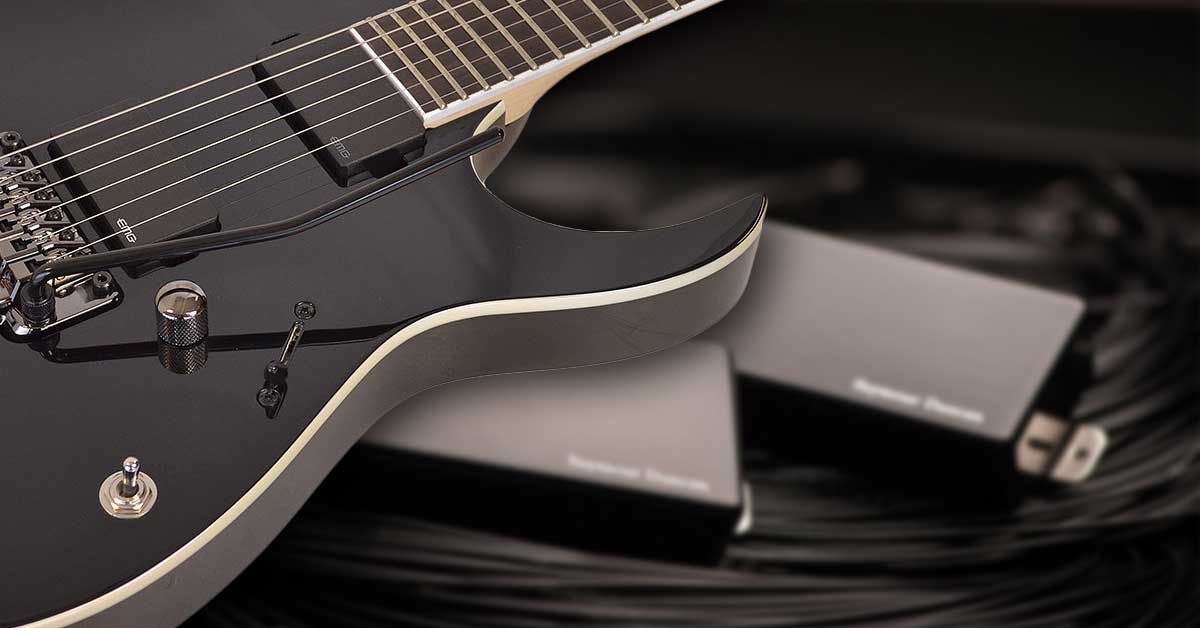



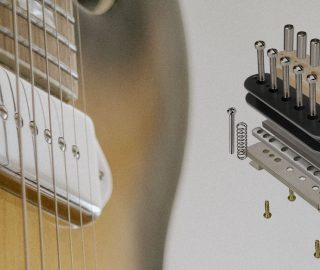
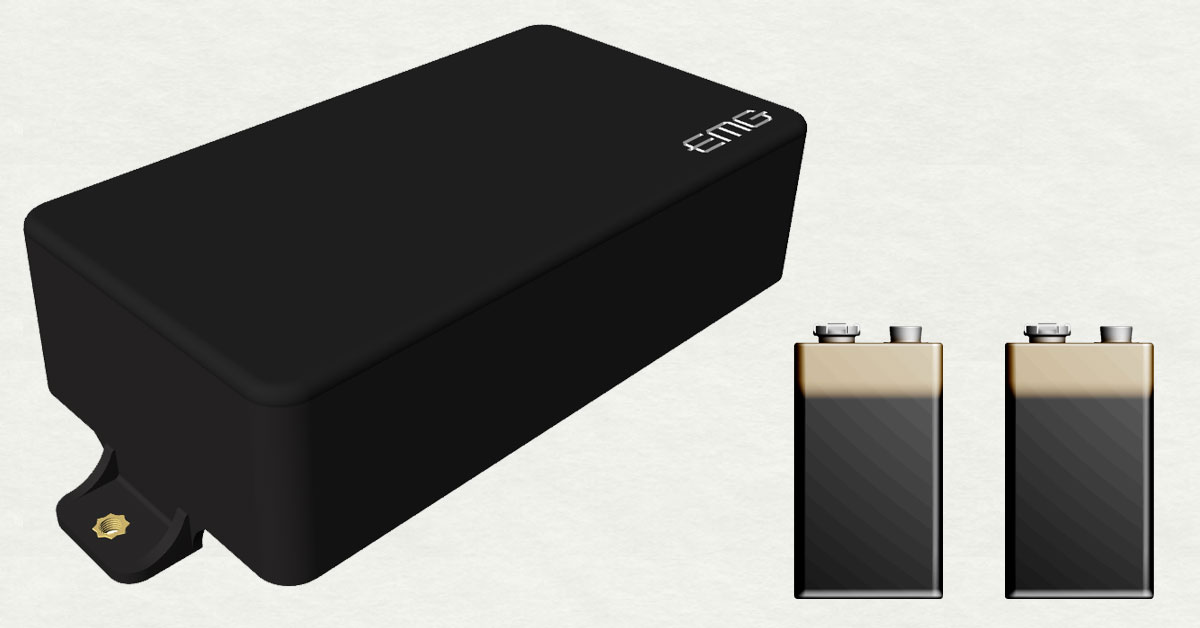
![The Best 8-String Guitars under $500 [2020] The Best 8-String Guitars under $500 [2020]](https://www.electricherald.com/wp-content/uploads/00-8-String-Guitar-Agile.jpg)
